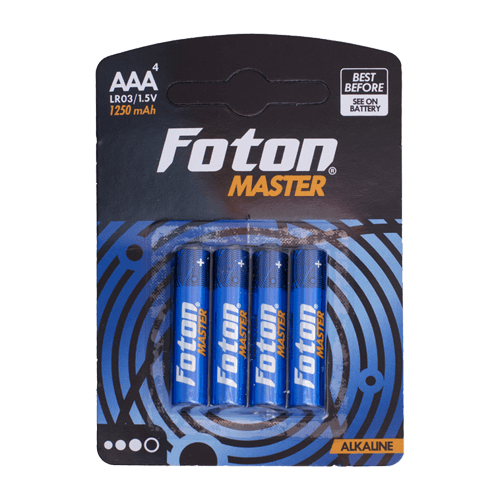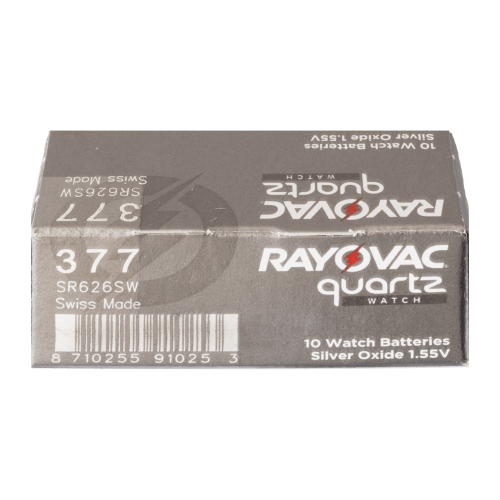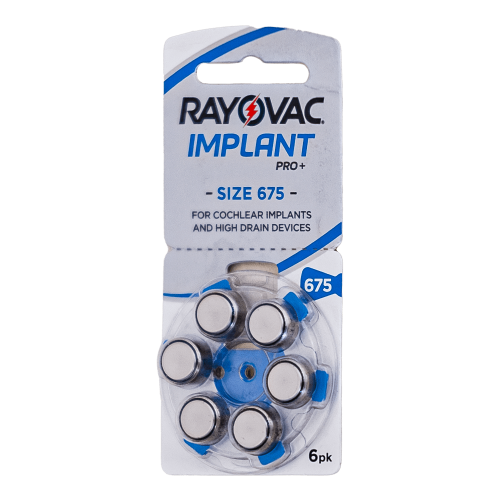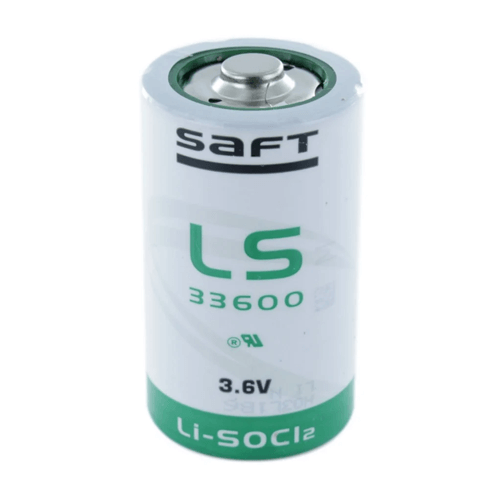The electrochemical cell consists of two electrodes immersed in electrolyte separated by an insulating but permeable membrane, so as to prevent direct contact, yet allow the transfer of ions.
Several electrochemical cells form a battery. The components of a battery are:
- An anode or negative electrode; This is the fuel electrode that gives up electrons to the external circuit during the reaction and becomes oxidized. It is usually a metal, such as zinc, lead, or lithium.
- A cathode or positive electrode; which accepts electrons from the external circuit and is reduced during the reaction. It can be, for example, manganese dioxide, silver oxide, or oxygen from the surrounding air.
- An electrolyte; a liquid with dissolved salts, acids, or alkalis (sulfuric acid or potassium hydroxide), whose molecules break down into positive and negative ions to transport electrical charge between the electrodes in the cell during the reaction.
Reactions with the electrolyte occur at the anode and cathode only as long as an external electrical circuit is closed between the electrodes.
The cells are usually sealed to prevent electrolyte leakage or the cells from drying out. There is also a safety valve to vent any gases that may be emitted when a problem occurs so that dangerous internal pressures do not build up.
Several forms of construction are usually adopted:
- Cylindrical: the most common shape with variations
- Coil: concentric core-sheath electrode arrangement – delivers low current
- Spiral: parallel arrangement of electrodes – delivers high currents.
- Flat: commonly used in prismatic batteries.
- Button: for hearing aid batteries, watch batteries, computers.
Over time, several materials have been tried for both electrodes and electrolyte.
Following the tests, several conventional electrochemical couples have been established.
Electrochemical couple | Electrolyte | Voltage | Energy density | Power density | Operating temperature | Discharge curve | |
|
| (V) | (Wh kg-l) | (Wh dm-3) | (W kg-1) | (°C) |
|
Zn/MnO2 | NH4Cl | 1,5 | 65 | 100 | 2 | -5 to 45 | descending |
Zn/MnO2() | ZnCl2 | 1,5 | 85 | 165 | 4 | -10 to 50 | descending |
Zn/MnO2 | KOH | 1,5 | 125 | 320 | 7 | -30 to 55 | descending |
Zn/Ag2O | KOH | 1,55 | 120 | 500 | 7 | 0 to 55 | bearings |
Li/SO2 |
| 2,9 | 250 | 400 | 60 | -50 to 70 | bearings |
Li/CFX |
| 3 | 360 | 680 | 14 | -40 to 85 | bearings |
Li/V2O5 |
| 3,4 | 120, 260 | 300, 660 | 11 | -30 to 50 | two bearings |
Li/MnO2 |
| 3,4 | 280 | 580 | 50 | -40 to 70 | descending |
Li/SOCl2 |
| 3,65 | 290 | 670 | 105 | -40 to 85 | bearings |
Li/SOCl2, BrCl |
| 3,9 | 350 | 770 | 75 | -40 to 70 | initially descending |
Li/SO2Cl2 |
| 3,95 | 330 | 720 | 100 | -30 to 90 | bearings |
For military applications that require a long storage period, batteries are chosen that have the electrolyte separated from the battery electrodes, usually in ampoules that are broken when the equipment is used. The characteristic of these batteries is that they must activate in very short times (on the order of milliseconds), and the energy they release is generally used to guide the ammunition, therefore for a short period.
Another solution is thermal batteries. For many years, they have been the first choice of power source for guided missiles and unconventional weapons. The batteries use an electrolyte, such as a mixture of lithium chloride and potassium chloride, which is solid and inert at normal temperatures, but which melts and becomes active upon rocket launch due to the high heat released by the launch explosion.
The anodes are lithium alloys with silicon or aluminum, and the cathode is made of cobalt sulfides or iron sulfides. The temperature at which these batteries operate is 500 – 700 degrees Celsius.
There are also batteries in which the electrolyte is seawater. Probably the most widely used is the magnesium chloride-silver chloride and is generally used for sea-launched rockets, but also for emergency landing lights on life jackets that are activated only upon contact with seawater.
Battery types





